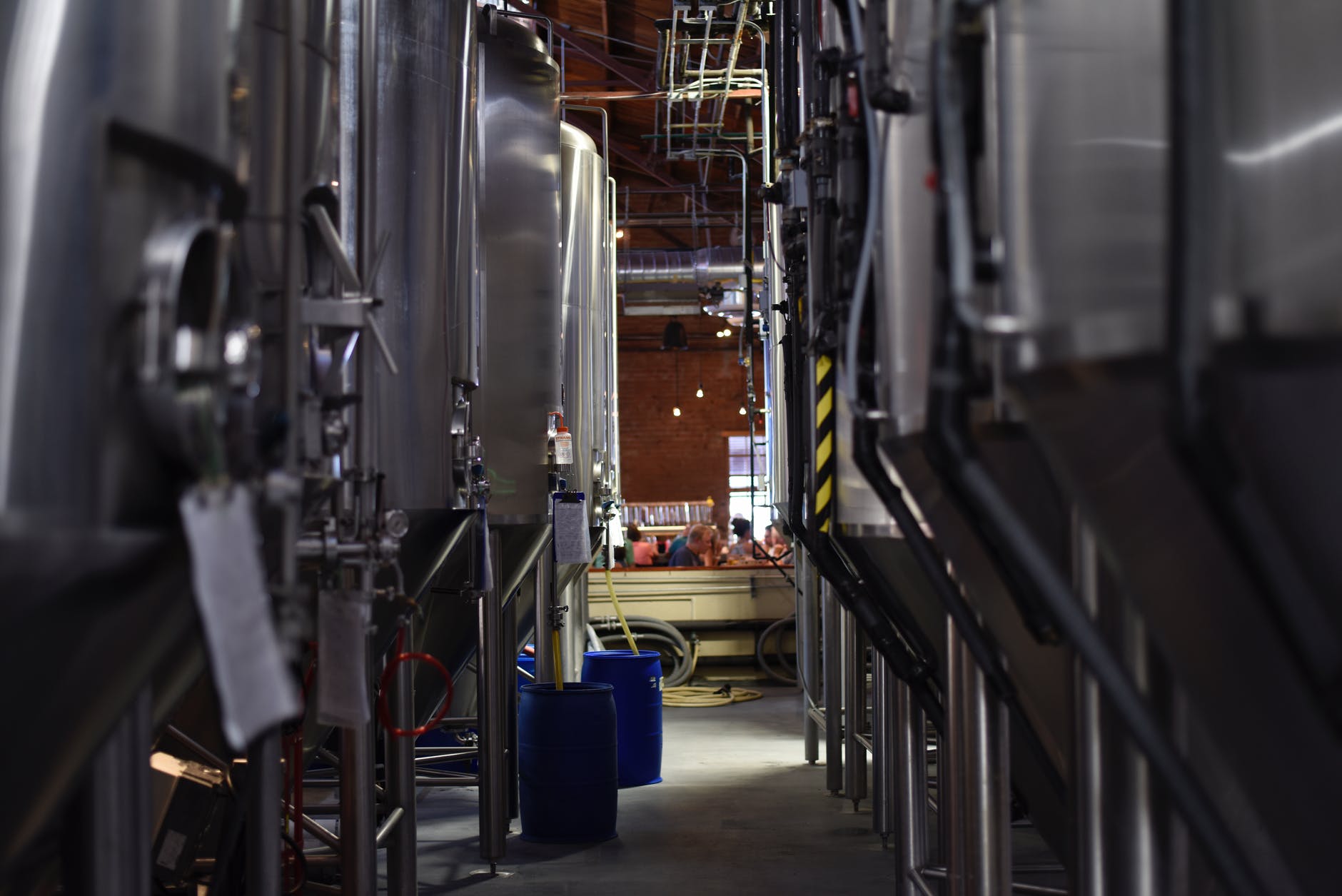Digital signage is traditionally used in advertising environments, but as technology gets smarter, Internet of Things becomes the norm, and mobile devices proliferate, it’s increasingly valuable in other industries as well. Manufacturing is one of those industries, where digital signage adds value on the work floor by enhancing communication, productivity, and management.
Organizations looking to optimize manufacturing can greatly benefit from digital signage. While exact applications will heavily depend on your software, sensors, and total digital signage network, digital signage can fulfill the following roles in manufacturing environments.
Resource Allocation
Digital signage integrates with sensors, work management systems, and other databases to offer automatic resource allocation.
This is especially valuable in warehousing and cargo areas, where trucks can be allocated to resources and loads as they clock in. Drivers can clock in, pass a sensor, and immediately see directions to a platform or dock.
This type of resource allocation also extends to tools, individual workers, and supplies, allowing resources to be assigned as they are available. This works to prevent bottlenecking because resources won’t be tied up on an assignment that isn’t ready yet or that is waiting on another process to finish, effectively solving a huge industry problem.
How does this work in practice? Setting up resources with pre-allocated locations and implementations means you can automate the process of assigning those resources, similarly to order systems in fast food restaurants. When something becomes available, a resource is assigned to it, and this data comes up on screen.
Equipment Management
Digital signage integrates with equipment management screens to create easy and accessible equipment management screens. Displays can quickly show equipment availability, maintenance status, production run, supply level, and other details.
This can help to improve efficiency, because employees will spend less time waiting for equipment to be ready, can make more time-conscious decisions regarding maintenance and servicing, and can easily manage production time and runs.
Displays can also monitor equipment status in operation to share alerts when equipment isn’t properly set up, when something is on but isn’t being used, or alert users when it’s ready. Visual notifications make it easier for employees to track status while managing other tasks, improving overall performance and efficacy across the floor.
How could this work in practice? An employee noticing that a machine has a service period coming up in 400 units could choose to service the machine early to avoid disruption in the next production run of 800 units. An employee could also note that upcoming servicing is shorter than a production run after using the machine and immediately take it for servicing.
General digital display equipment management also allows individuals to more easily see what’s available and assign resources based on machines in use or their service status.
Safety Information & Updates
Visual displays make it easy to push safety notifications and alerts where they will be seen, even in high-noise environments.
Here, displays can push regular safety information and videos, promote health by sharing tips and reminders to take breaks, share new regulations, share demonstration videos and much more. This information can actively work to remind individuals of safety procedures and training, which will reinforce how and when they utilize that training.
Data shows that even understanding safety procedures reduces workplace accidents in manufacturing, so this will pay off.
Displays can also flash alerts when machinery is not being used safely. This can alert individuals when something has gone wrong or procedure hasn’t been followed, hopefully before an accident happens.
Finally, digital displays integrate into emergency alerts, offering immediate emergency broadcasts with information like wayfinding to exits, information about affected areas, and emergency procedure.
Depending on your digital signage network, this might include solutions to direct individuals to exits furthest away from issues, to detect wind-direction and direct individuals to exists away from potentially toxic fumes, or to post alerts and notify individuals if they actually have to exit or if they should remain on alert.
Communicate Daily Work
Digital displays integrate into break rooms and management areas to allow individuals to quickly and easily see rosters, schedules, expected work, and KPIs throughout the day. This means an employee can clock in, quickly see what they’ve been assigned to for the day, see production goals, and see what they have to do.
On-location, further digital signage could share production goals and KPIs, with real-time updates to show progress towards daily goals or production run. This can work to motivate and inspire individuals, share actual priorities and goals, and show rate of progress throughout the day.
Displays can automatically integrate KPIs into easy-to-ready charts and dashboards, so everyone stays informed.
Installing Digital Signage
Manufacturing environments can greatly benefit from digital signage but also heavily rely on strong software solutions. Manufacturing environments also have to consider hardware and its suitability for manufacturing environments, which can be significantly harder on equipment than a street or an office.
- Equipment should be capable of withstanding temperature and atmosphere pollution in the environment. This likely includes metal frames or casing or tempered glass for impact resistance
- Displays should be visible without being in the way. This typically requires overhead mounting in high-traffic work areas
- Displays should connect to networks for remote updates and management
- Software should be able to import and manage relevant databases. Automation is important to maintain data relevancy
If you’re looking for a digital signage solution for your manufacturing environment, it’s important to start by looking at what you need. Don’t forget to review your data sources, possible applications, and potential added value.
You can use this information to look for solutions that fit your environment and budget. In most cases, you’ll also want to work with a digital signage installer, who can help with sourcing hardware, installing displays, sensors, and media players safely, and recommending software solutions.






